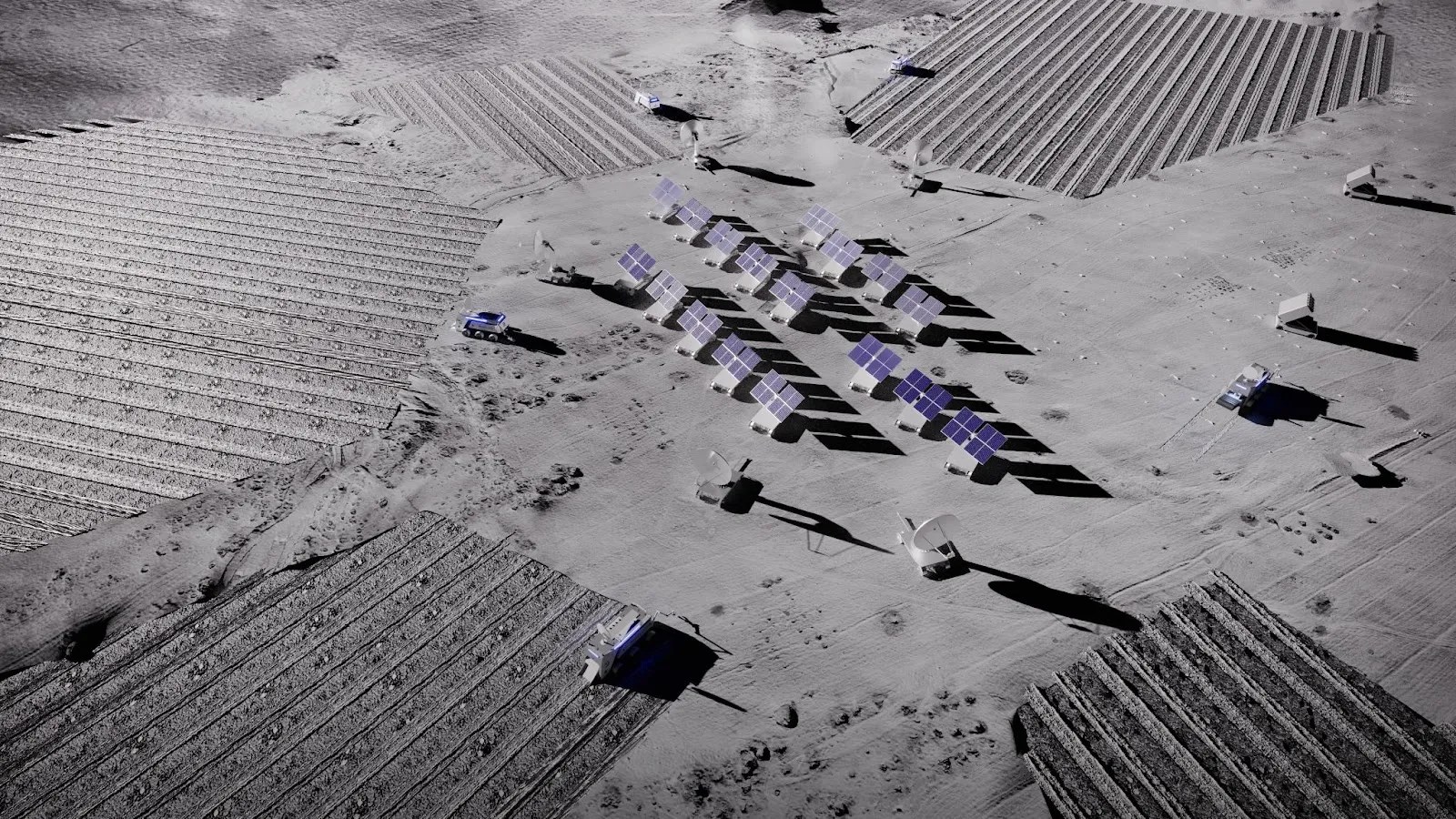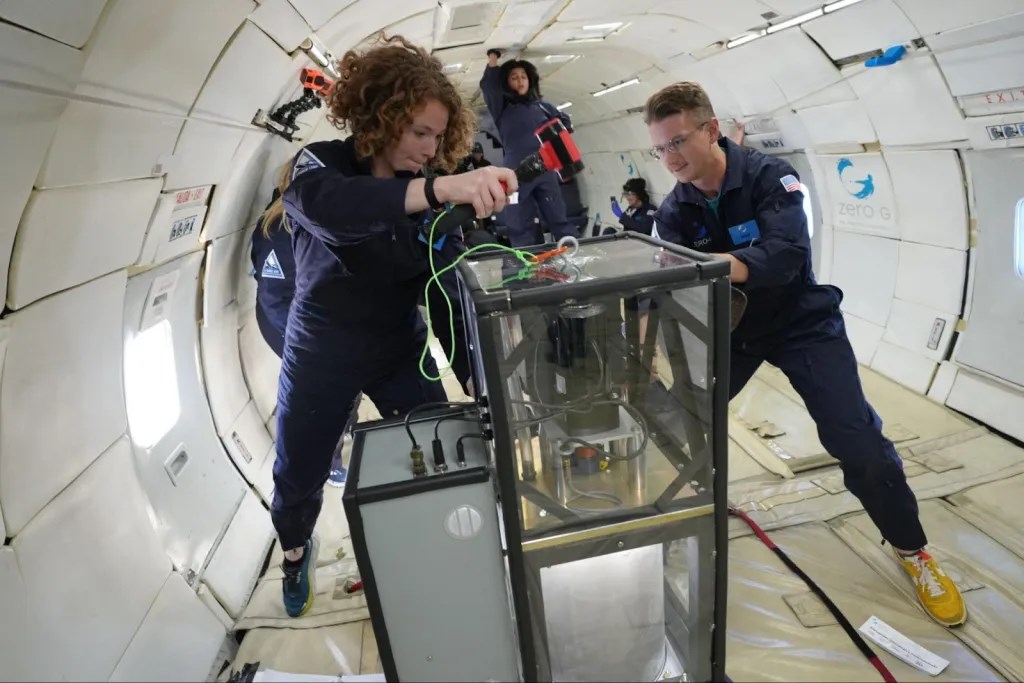
See Full Size
Extremely valuable for the future
Interlune CEO Rob Meyerson said the company’s primary goal is to use Helium-3 for quantum computers. to absolute zero He stated that it is to use it in a way that allows it to operate at a similar temperature. “Quantum computers are our main source of demand” said Meyerson, adding that Helium-3 will also be used in the future. nuclear fusion in reactors, medical imaging on their devices and radiation detection He stated that technologies can be used. By the way, Helium-3 is currently approximately $20 million per kilogram Let us also point out that it is. Meyerson stated that they envision harvesting tens of kilograms of Helium-3 per year and bringing it back to Earth in order to meet the demands of these industries.
However, experts from the US Geological Survey (USGS) state that this vision is a great technical challenge. Laszlo Keszthelyi, an astrogeologist at the USGS, stated that millions of tons of regolith need to be processed in order to extract Helium-3 on the Moon. Helium-3 concentration in regolith samples returned from Apollo missions was found to be between 2.4 and 26 parts per billion. This detection was made possible thanks to the excavation carried out by Interlune’s chairman of the board, Jack Schmitt, a geologist who walked on the Moon during the Apollo 17 mission.
Tens of thousands of tons of lunar soil will be processed for 1 kg of Heylum-3
See Full Size
The company is currently 2027 To measure the density of Helium-3 on the Moon’s surface and a small scale inference test is planning a fundraising mission to carry out. 2029 In 2017, a lunar surface pilot thesis will be established and all stages of delivering resources to customers will be tested. The company also continues its tests in a zero-gravity environment.
In addition, Interlune announced that it has developed compact and energy-efficient processing machines for which a patent has been applied. These machines are designed for use on the Moon and are optimized to fit on a SpaceX Starship mission. The collector developed by the company is in the lunar soil Operation up to 3 meters depth will be able to.
For Interlune, of course, these are just plans and goals for now. If all goes according to plan, helium-3 could be brought to Earth from the Moon, it’s not impossible. However, with today’s capabilities, sending large machines to the Moon and mining there is very difficult in every respect. The simplest example and the most fundamental challenge is directly the Moon’s own soil. Lunar regolith consists of sharply angular and fine dust particles. Because they are not eroded by wind or water on Earth, these particles are corrosive and can damage electronic equipment. Regolith particles are microscopic in size and can adhere to surfaces with an electrostatic charge. They are also loaded due to the constant Solar wind.
This news our mobile application Download using
You can read it whenever you want (even offline):





